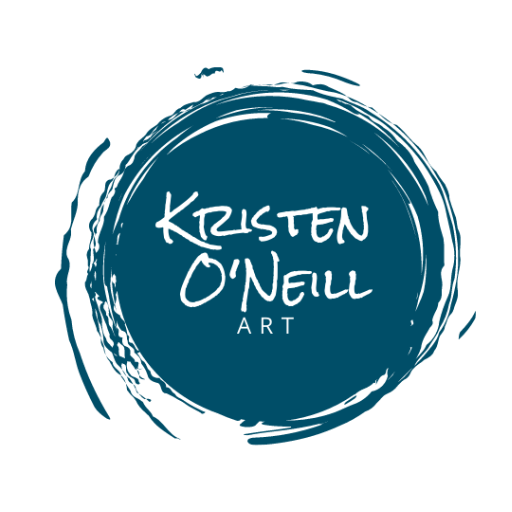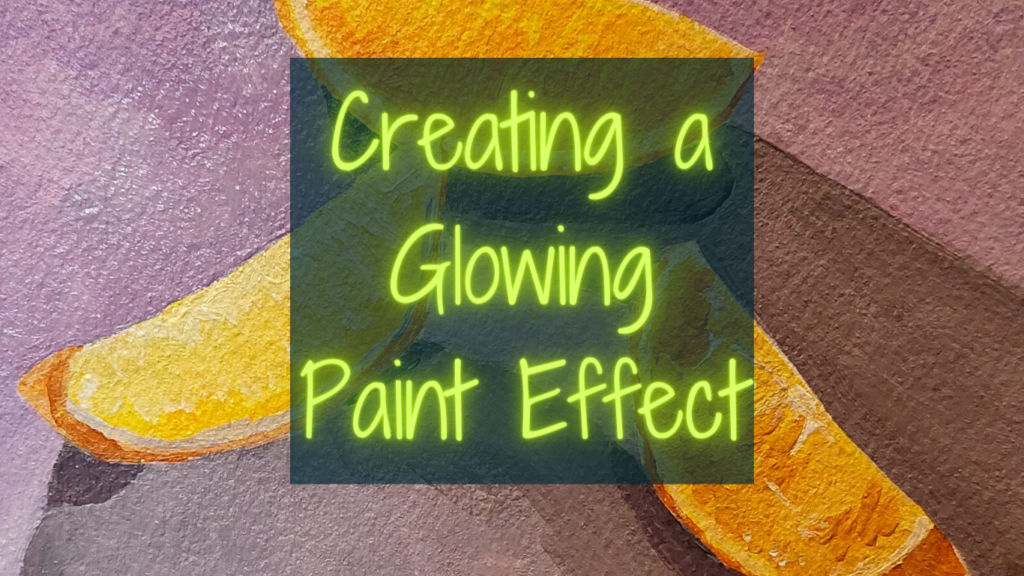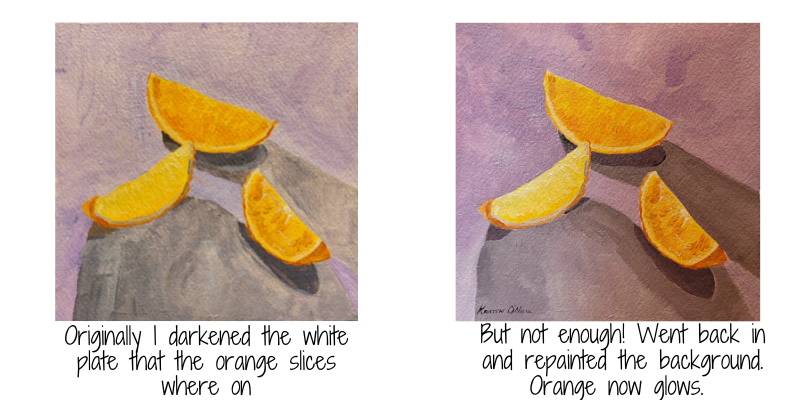Glowing Paint Effect
Ever seen a painting glow? Then suddenly you realize that just using regular paint colors, this artist was able to create that amazing effect. In this lesson, I cover how you can get that paint glowing effect, without any special kinds of radiant paint colors.
Glowing Examples
The historical art master of chiaroscuro is widely regarded as Caravaggio. He created drama with strong contrasts that effected the composition. He created volume in modeling 3-D figures and objects with this extreme lighting. And, in this composition, the light is a major player – creating a spotlight on where he wanted us to look, and helps guide our eye.
Let’s take a look at that sleeve right in the middle. It seems to glow. Obviously, he doesn’t have a white paint that is whiter than white. Instead, the value contrast is the most extreme where the white of the sleeve meets the dark background. In this detail, you can see the large value shifts that occur. I flipped the image and desaturated the color to help reveal it even more.
The gray between the images is a mid-tone gray.
Value Ranges
Value ranges are key in creating a glowing paint effect. We need to push the other parts of the painting to darker values to create the contrast needed for the brighter parts to seem like they glow. The benefit to going back over the shadows too was that I was able to create a thicker layer of paint. This particular paper is absorbable and more meant for watercolor. Using it with acrylics I find I end up painting everything twice!
Steps for Glowing Success
- Know where you want the viewer’s eyes to go first.
- That spot is the spot with the most contrast, and may also have leading lines helping guide the viewer to it.
- Have your brightest values in that spot.
- Darken ALL the other values (some a bit, maybe some more dramatically). This will create the room for the brightness of the glowing area to be above and beyond the level of normal brightness in comparison with the other values.
If the concept of values in painting is new to you, check out this post with a video lesson for more info!
Creating a Value Scale




